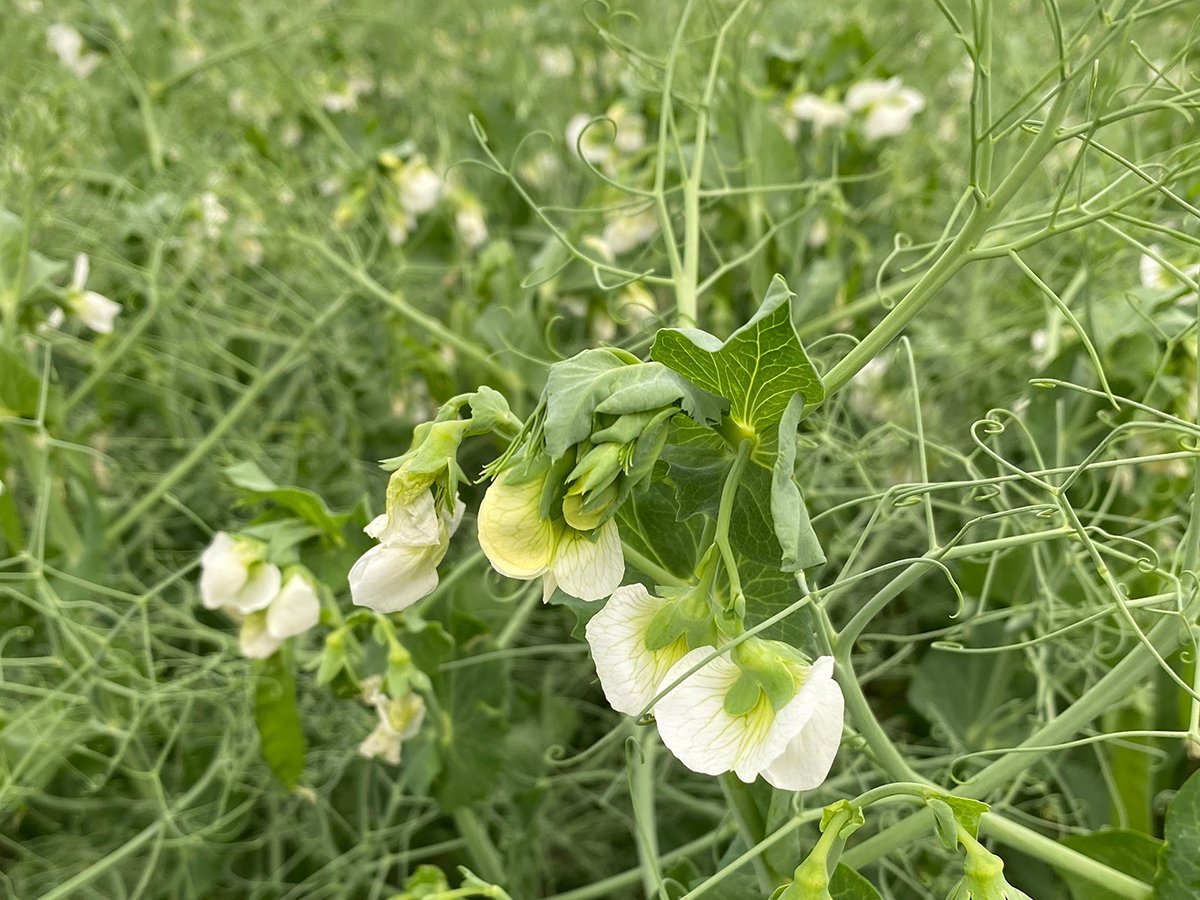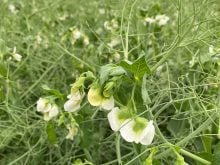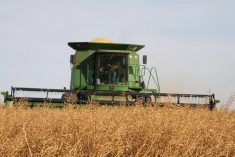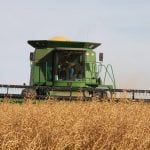By the time harvest is complete, horticulture producers have often switched their attention to marketing. However, a lot of time and effort has gone into producing the crop and, without proper care, a percentage of it can be lost due to improper handling.
Similarly, if harvest is delayed by slow growing conditions, extra care must be taken when the crop is taken off.
“Once the mature crop is separated from the plant, deterioration can be rapid, as the harvested product continues to lose water and be physiologically active,” said Robert Spencer, an irrigated and specialty crop specialist with Alberta Agriculture.
Read Also

Crop quality looks good this year across Prairies
Crop quality looks real good this year, with the exception of durum.
“Due to aging tissues and potential wounds, mature crops are also more susceptible to pathogens.”
Producers have a number of options when trying to extend the lifespan of their crops: harvesting produce at the correct stage of development to avoid over-ripe or immature product; minimizing wounding or damage; adjusting the temperature of the harvested product; and grading and sorting.
“Immature or overripe produce stores differently than mature produce,” Spencer said.
“The more mature a harvest product is, the harder it is to store and the faster it needs to get to market. Over-ripe produce often breaks down rapidly and can accelerate the ripening of adjacent produce. Immature produce needs to be handled differently to ensure quality. Some crops will ripen after harvest if they are physiologically mature while others will stay at the stage and condition they are harvested at.”
Producers can extend the storage life of most crops by minimizing harvest damage. Wounds are an open door for the entry of post-harvest pathogens and can dramatically increase moisture loss.
Curing can improve storability of onions and potatoes, allowing wounds to heal and skins to tighten up. These same crops will benefit from a top-kill procedure or lifting, because it improves skin set and preparation for harvest.
Careful and minimal handling of most crops will reduce damage and improve quality. Some crops should be packaged in the field to reduce handling.
“You should also consider the temperature of the harvested product, as harvested produce continues to be physiologically active after removal from the plant,” Spencer said.
“For most produce, removing field heat will slow aging and decrease metabolic activity and respiration.”
Harvesting the crop in cool conditions will reduce the amount of heat that needs to be removed and will reduce cold storage costs.
Heat can be removed by packing in ice slurries or using forced air, vacuum cooling or room cooling. The choice will depend on the type of produce because some crops are sensitive to free or surface moisture, some are stored in bulk or separately and some will not tolerate excessive cooling.
Crops exposed to cool, frost or freezing conditions require special handling, he said.
“For example, the temperature that potatoes are harvested at affects their susceptibility to bruising. Tubers that are warmer than 18-20 C will be more susceptible to black spot bruising, while tubers that are harvested at pulp temperatures of less than 7 C will be more susceptible to shatter bruising. Potatoes that have been frozen won’t store well and may endanger the whole stored crop.”
Following a frost, they may have elevated levels of different minerals, such as nitrates. In these cases, a crop may need to be protected to minimize injury and ensure it can be harvested. However, abandoning a crop is sometimes the best option.
“Post-harvest grading can include trimming, washing and grading for size and uniformity, and will improve the crop’s value,” Spencer said.
“Removing material such as damaged leaves, cull product and excessively damaged or diseased produce will improve the overall post-harvest quality. Damaged material can accelerate the ripening of adjacent produce and increase the likelihood of the development and spread of disease.”
Some crops can be washed. Removing dirt, pathogens and spray residues makes the crop more appealing to customers. However, Spencer said wash water must be disinfected regularly because contamination can take place.
“It should also be noted that some crops are sensitive to disinfection products such as bleach.”














